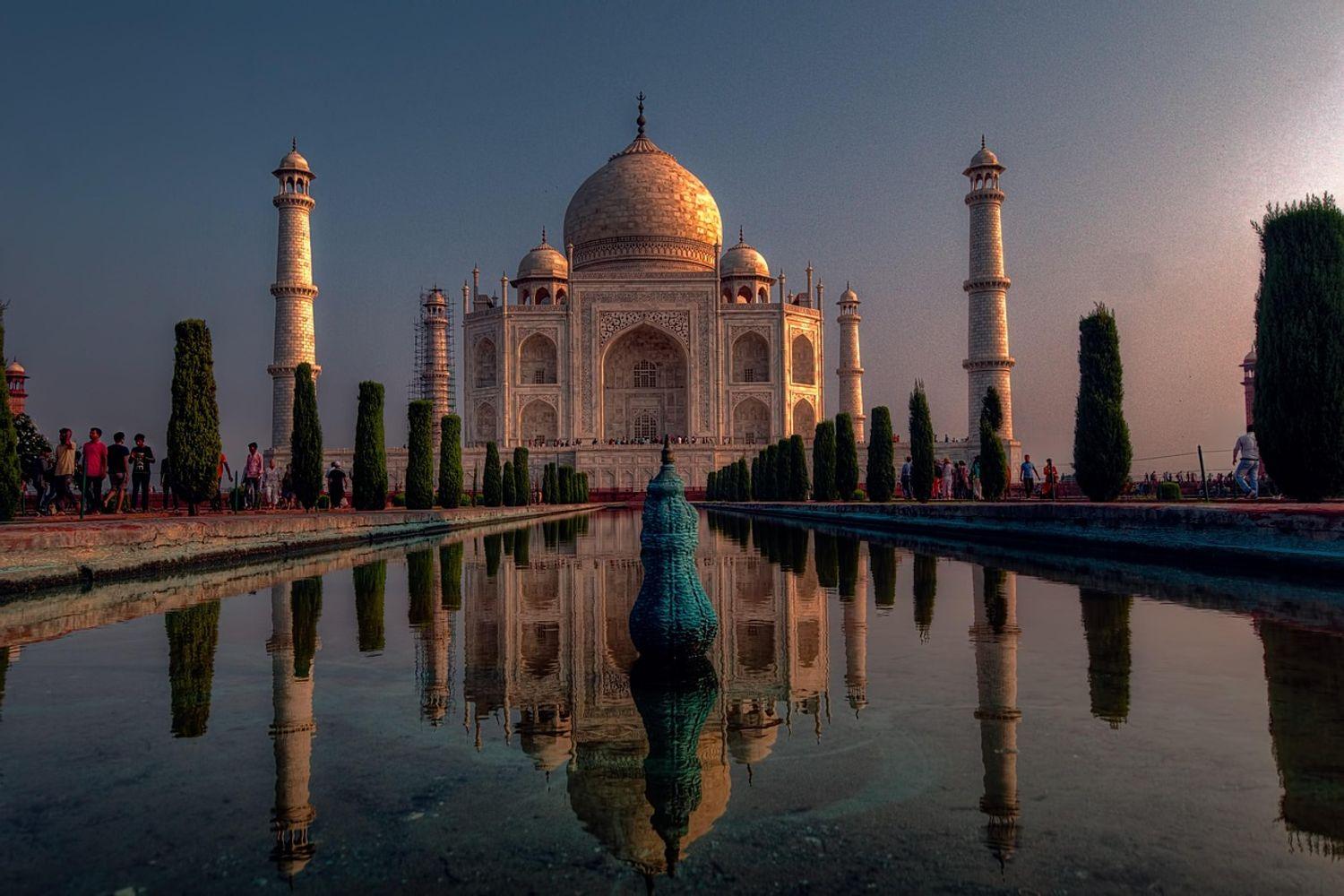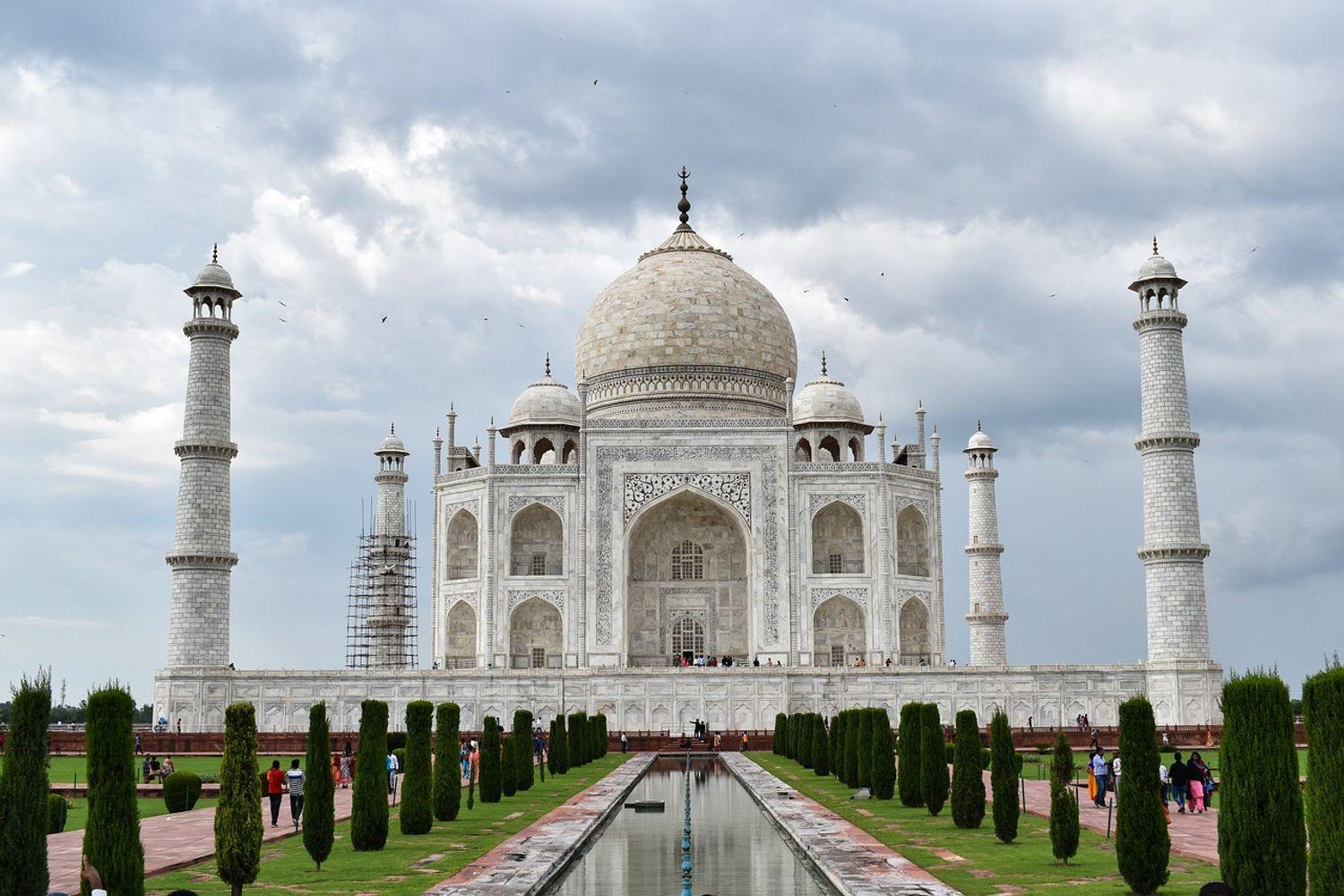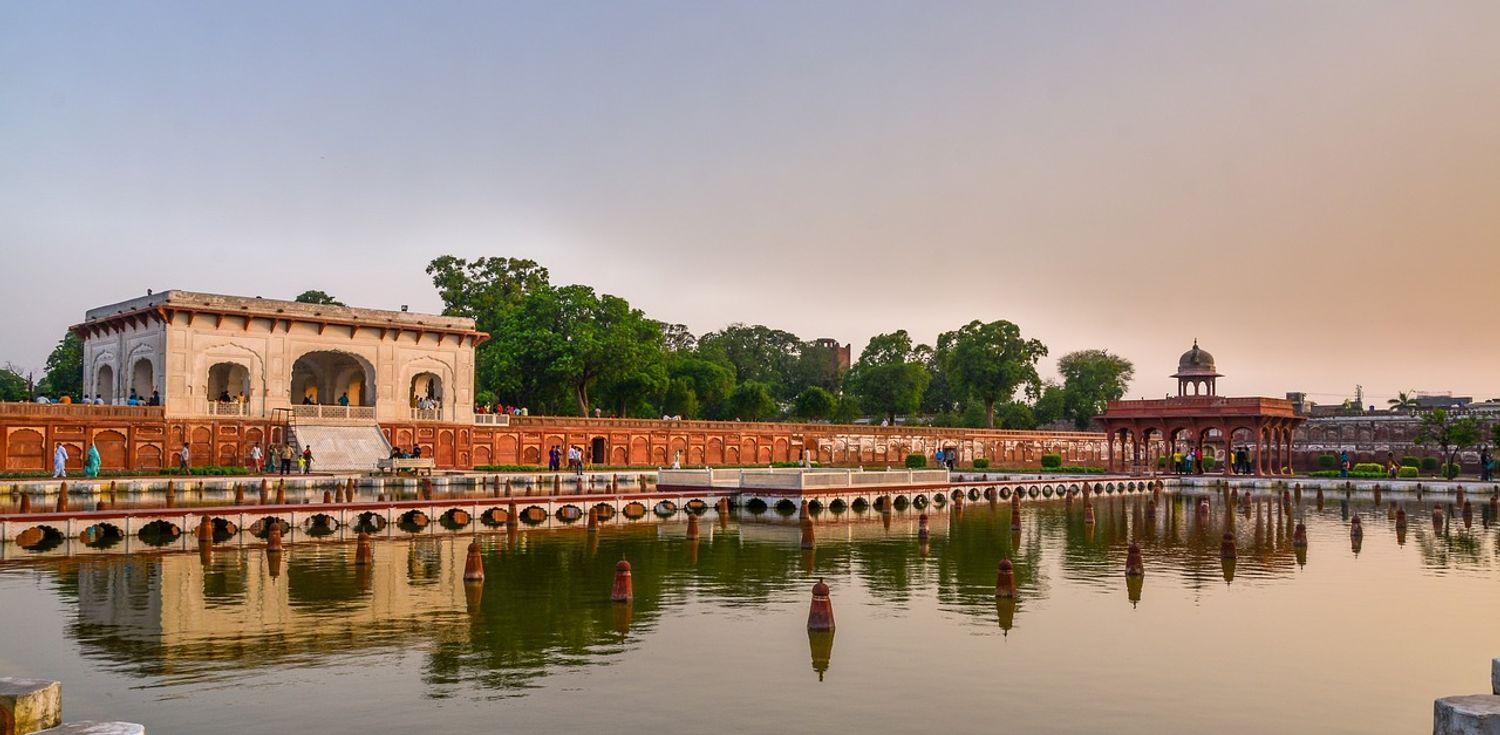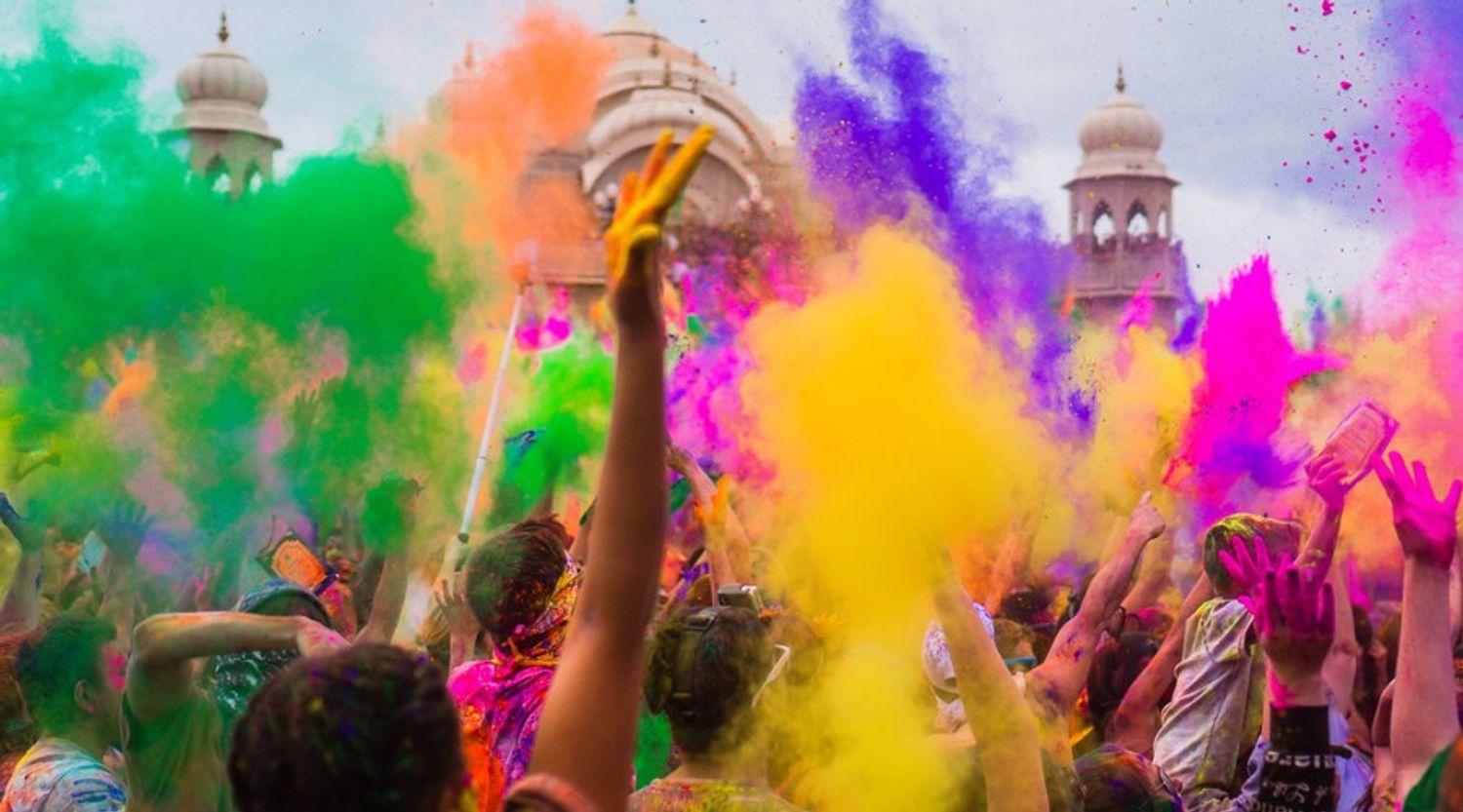India and China, two of the world's oldest civilizations, share a rich tapestry of history that dates back thousands of years. Both nations have contributed immensely to global culture, philosophy, and trade, with many of these influences still visible today. This exploration delves into the ancient connections, culinary influences, and modern interactions between these two great nations.
The transition from Indian to Chinese styles in Buddhist art is often referred to as Sinicization, where foreign elements were adapted to fit local aesthetics and cultural contexts.
Gandharan Influence:

Early Chinese sculptures were heavily influenced by Gandharan art from present-day Pakistan and Afghanistan, which combined Hellenistic styles with Indian iconography. This influence is evident in early representations of Buddha figures that adopted Greco-Roman stylistic elements such as realistic proportions and detailed drapery.
Local Adaptations:
Over time, as Buddhism became more established in China, artists began incorporating indigenous themes into their work. This included integrating local deities into Buddhist narratives and adapting iconographic symbols to resonate with Chinese audiences. For instance, motifs such as dragons or phoenixes began appearing alongside traditional Buddhist imagery
Philosophical Underpinnings:
The philosophical aspects of Buddhism also influenced artistic expression. Concepts such as samsara (the cycle of rebirth) and nirvana (the ultimate liberation) were visually represented through intricate murals depicting various stages on the path to enlightenment. These artworks served not only as decorative elements but also as didactic tools for educating followers about complex spiritual concepts
Ancient Connections
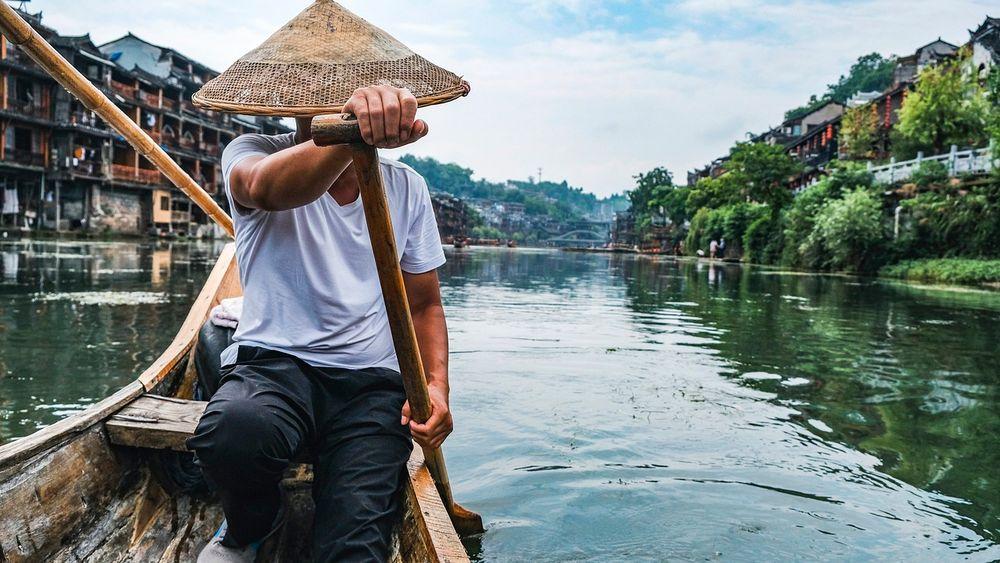
The historical ties between India and China are profound and multifaceted. One of the most significant links was the Silk Road, which facilitated not only trade but also cultural exchanges between the two great civilizations. This ancient trade route was instrumental in the movement of goods, ideas, and religions across borders.
Buddhism made its way into China from India during the Han dynasty around 1800 years ago. This introduction marked a pivotal moment in Chinese history, as Buddhism became the first foreign religion to be embraced in China, blending seamlessly with local beliefs and practices. The journey of Indian monks like Xuanzang (Hiuen Tsang), who traveled to India in search of Buddhist scriptures during the 7th century, further solidified this cultural exchange. His accounts inspired later Chinese literature, notably Journey to the West, one of China's four great classical novels.
Cultural exchanges were not limited to religion; they also encompassed art, architecture, and philosophy. For instance, Indian architectural styles influenced early Chinese Buddhist structures, while Chinese innovations like papermaking found their way to India through these interactions.
Indian Buddhist Influence on Ancient Chinese Art: Sculpting, Murals, and Temples
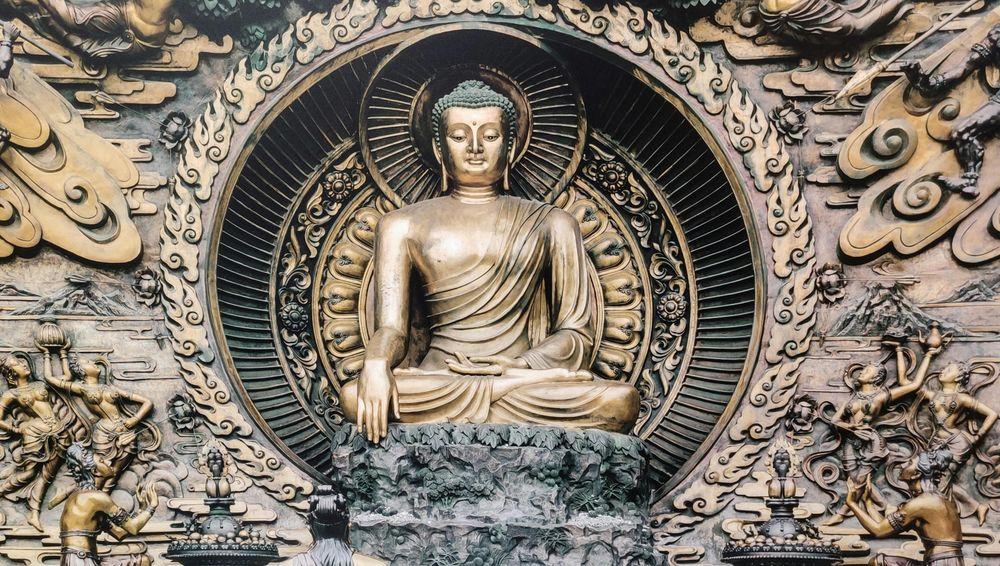
The profound influence of Indian Buddhism on ancient Chinese art is most vividly illustrated in the sculptural and mural traditions found in significant sites such as the Mogao Caves and the Longmen Grottoes. These artistic endeavors not only reflect the spiritual and philosophical tenets of Buddhism but also showcase the intricate cultural exchanges that occurred along the Silk Road.
Mogao Caves: A Treasure Trove of Buddhist Art
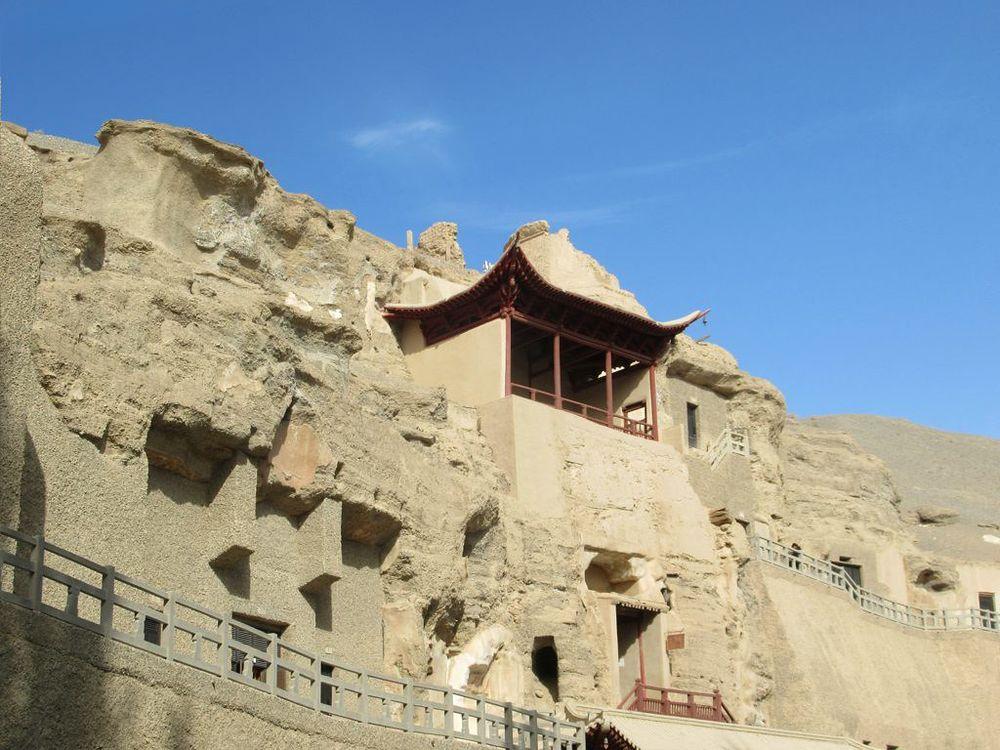
The Mogao Caves, located near Dunhuang in Gansu Province, China, are among the most renowned repositories of Buddhist art globally. Established in 366 CE, these caves were carved into cliffs along a vital trade route and served as a sanctuary for Buddhist monks. Over the centuries, they evolved into a significant pilgrimage site and a center for artistic expression.
Murals and Iconography:
The murals within the Mogao Caves illustrate a remarkable blend of Indian and local artistic styles. Early murals exhibit strong Indian influences, characterized by figures depicted in traditional Indian manners using distinctive painting techniques. For instance, the flying apsaras, celestial beings originating from Hindu mythology, are often portrayed alongside Buddhist themes, symbolizing the integration of various cultural elements. Notably, Cave 285 features images of Hindu gods alongside Buddhist figures, showcasing this syncretism.
Cultural Exchange:
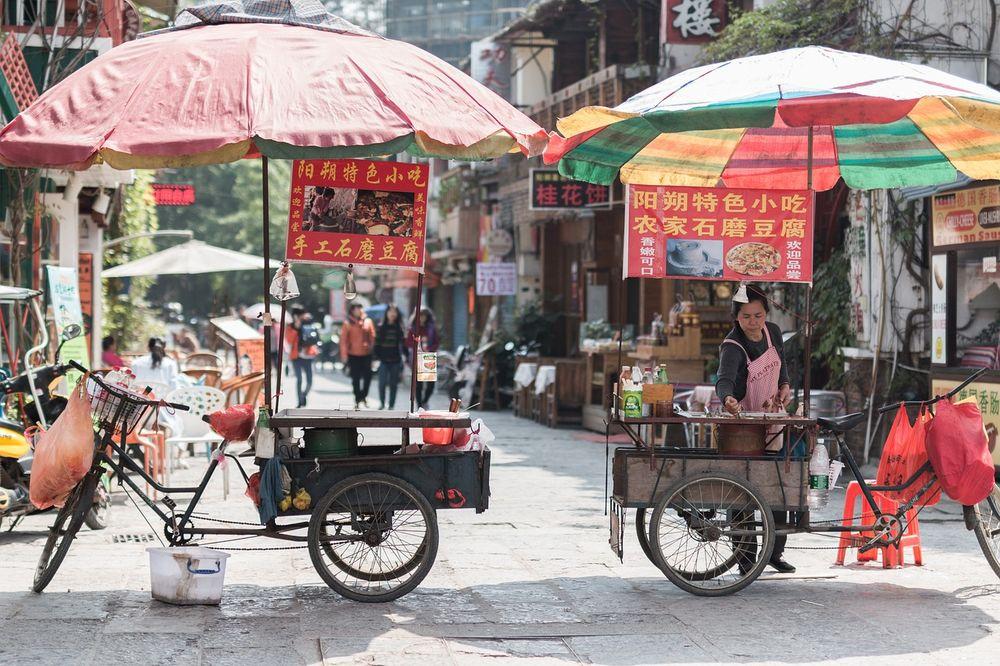
The caves contain approximately 45,000 square meters of murals and over 2,000 painted sculptures that span a millennium of artistic evolution. The artistic styles within these caves evolved from early Indian influences to more localized Chinese interpretations over time. For example, while early caves display clear Gandharan influences—marked by realistic portrayals and intricate details—later works reflect a distinctly Chinese aesthetic as artists began to incorporate local motifs and techniques.
Significant Themes:
The themes depicted in these murals often revolve around key Buddhist narratives and teachings. The Vimalakirti Sutra, which emphasizes Mahayana Buddhist principles, is frequently illustrated in these caves. Scenes from this sutra appear numerous times across various caves, indicating its importance in shaping Buddhist thought in China12. Additionally, the murals also depict everyday life along the Silk Road, including merchants and travelers, thereby providing historical context to the spiritual narratives.
Culinary Influences:
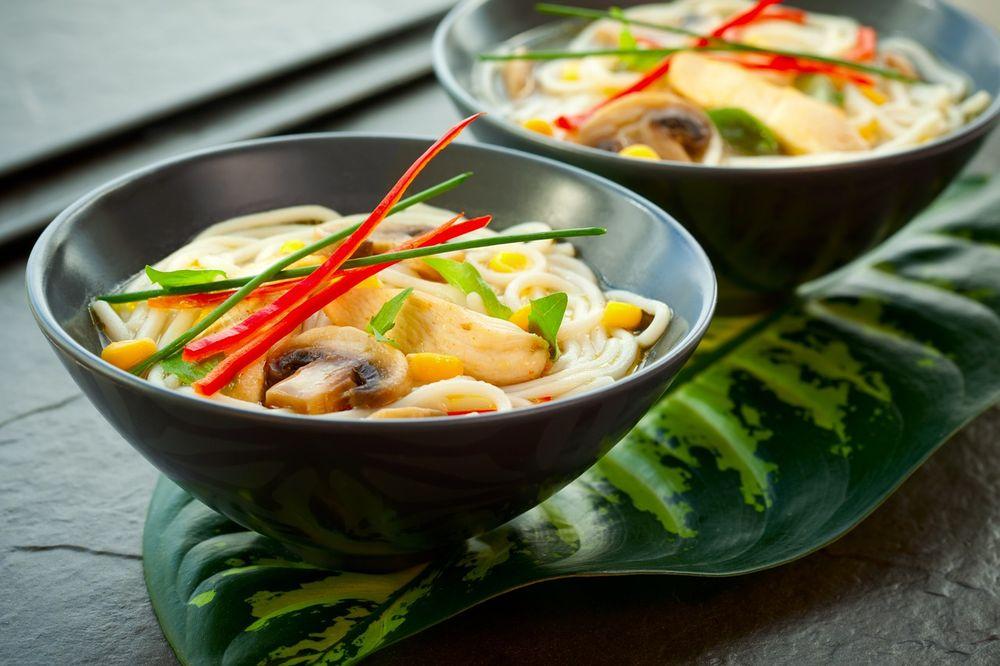
The culinary connection between India and China is noteworthy and has evolved over centuries. Spices from India found their way into Chinese cuisine along the Silk Road, enriching it with diverse flavors. Today, Indian restaurants can be found in nearly every major city across China. These establishments often use authentic Indian spices and recipes, making them popular among locals and tourists alike.
The emergence of Indo-Chinese cuisine is a testament to this culinary fusion. Dishes like chili chicken, Manchurian, and Hakka noodles have become staples in Indian dining culture. This unique blend reflects not only a culinary adaptation but also a cultural dialogue where both cuisines influence each other. The popularity of Chinese food in India has grown so much that it has become an integral part of Indian culture.
Moreover, the migration of Chinese communities to India played a crucial role in shaping this culinary landscape. The first known Chinese immigrant settled in Calcutta in 1778, leading to the establishment of various restaurants that catered to local tastes while retaining elements of traditional Chinese cooking.
Travel to China

For those interested in exploring this fascinating blend of cultures firsthand, it is highly recommended to consider JustChinaTours. This travel company specializes in customizing tours throughout China to meet various requirements. They are particularly accommodating when it comes to dietary preferences, ensuring that travelers can enjoy authentic culinary experiences tailored to their needs.
One highlight of their offerings is tours to Xi'an, home of the Terracotta Warriors, which are among China's most significant archaeological discoveries. The Terracotta Army was buried with China's first emperor, Qin Shi Huang, over 2,200 years ago and consists of thousands of life-sized soldiers crafted to protect him in the afterlife. JustChinaTours provides private Terracotta warriors tours that allow visitors to delve deep into this historical site while learning about its significance through expert guides.
Additionally, travelers can explore Xi'an's rich history as a former capital city along the Silk Road. The city features not only the Terracotta Warriors but also ancient city walls and vibrant markets that reflect its historical importance as a cultural melting pot.
Modern Cultural Exchanges
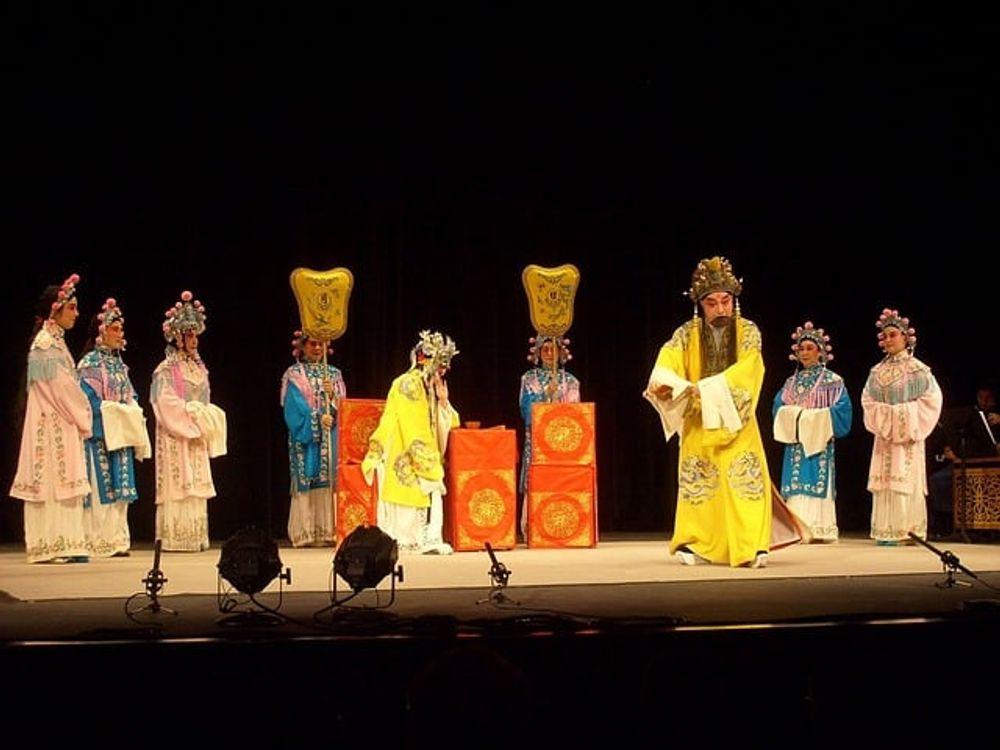
The historical and cultural connections between India and China continue to thrive today through various modern initiatives aimed at enhancing cooperation and mutual understanding. Cultural exchange programs have been established by both governments to promote interactions across multiple domains including arts, education, tourism, and sports.
In 2014, during Chinese President Xi Jinping's visit to India, he launched a “China-India Cultural Exchange Program” with Indian Prime Minister Narendra Modi. This program covers tourism cooperation, youth exchanges, museum exchanges, language teaching, classic and contemporary works translation, film and television exchange among other activities.
Notably, Rabindranath Tagore's visit to China in 1924 marked a significant moment in Sino-Indian relations. His interactions with Chinese intellectuals fostered mutual appreciation for each other's cultures. Tagore famously expressed his feelings about India’s close relationship with China by stating that visiting China felt like returning home.
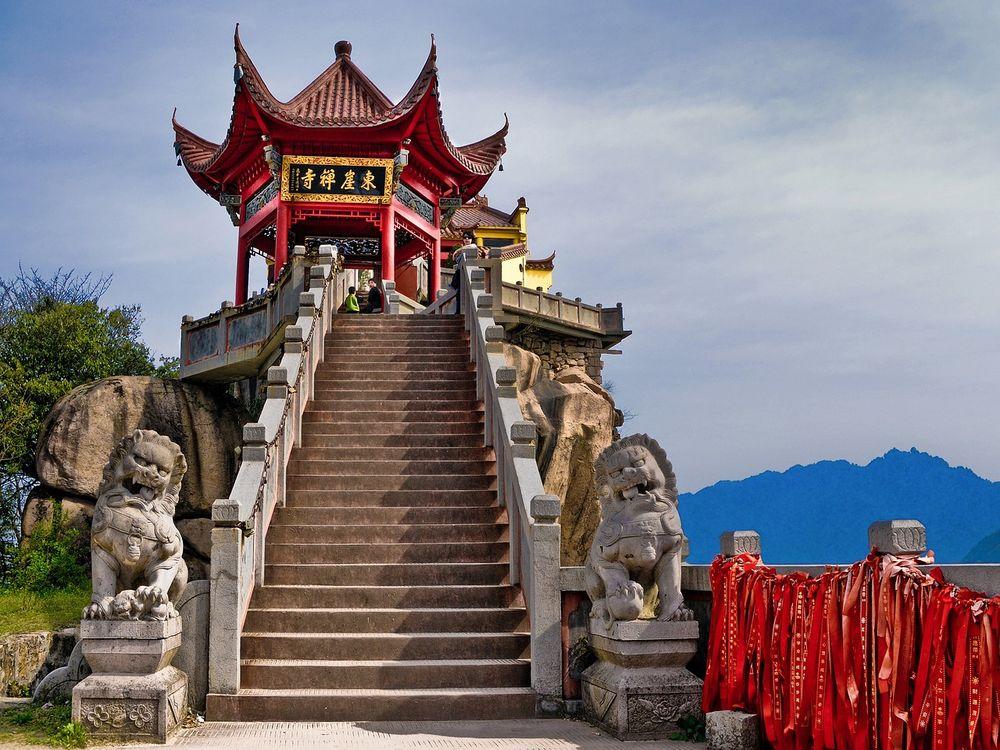
In recent years, there has been an increasing interest among younger generations from both countries in exploring each other's cultures through travel and education. Many students from India pursue studies in China while Chinese students are increasingly interested in learning about Indian culture and languages.
Despite these positive developments, contemporary cultural exchanges face challenges such as limited direct flights between the two countries and decreasing interpersonal interactions compared to previous decades. Experts emphasize the need for improved communication channels to foster deeper connections between these ancient civilizations.
Conclusion
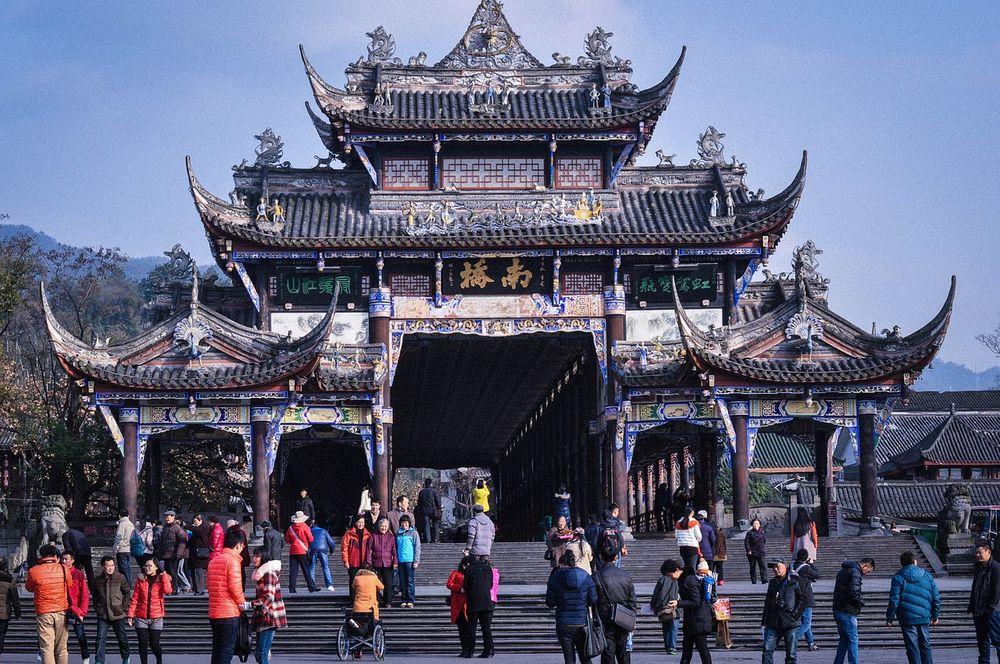
The cultural ties between India and China are deeply rooted in history yet continue to evolve through modern exchanges that enrich both societies. From ancient trade routes facilitating religious spread to contemporary culinary fusions that delight palates across borders, these two nations share a vibrant tapestry woven from centuries of interaction.
As travel opportunities expand through companies like JustChinaTours—offering customized experiences such as Terracotta Warriors tours—individuals can engage more deeply with this shared heritage. Understanding each other's cultures through travel not only promotes goodwill but also lays the foundation for future cooperation in various fields.
In celebrating their intertwined histories and cultures through travel and exchange programs, India and China can pave the way for a more harmonious relationship built on mutual respect and understanding—an essential step towards fostering peace and prosperity for both nations in an increasingly interconnected world.

